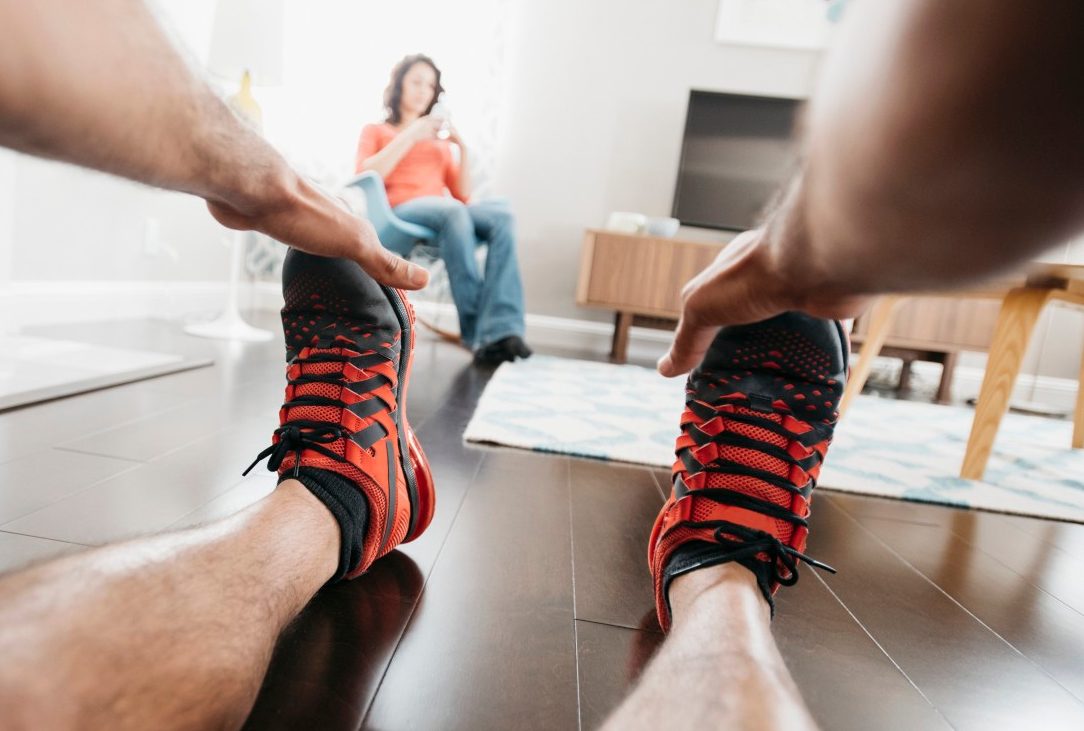Is Stretching Important?

Advice on stretching for flexibility, better performance, less soreness, and injury prevention can be confusing. Here’s what you should know.
Depending on how you define it and what your goal is, stretching is either good for you, bad for you, or does nothing for you. If you’re confused, it’s no wonder. Fit friends, coaches, and video fitness gurus may offer stretching advice that’s at odds with each other.
What’s more, news stories in past years about research backing — or questioning — the benefits of stretching frequently blared inaccurate but dramatic headlines proclaiming stretching is worthless.
YOU MIGHT ALSO LIKE: Stretching Can Lower Blood Pressure
For example, a review of 10 studies on stretching, either before or after exercise, concluded stretching didn’t seem to help much to prevent injuries or boost athletic performance. But that didn’t mean stretching wasn’t ever useful or helpful.
The truth was, most of the research analyzed in this report had been conducted in laboratory settings, using only fit and young athletic volunteers. It simply didn’t look at potential benefits for less athletic people or older folks pursuing less rigorous activities, like walking or swimming, or fit people exercising in the real world, over time.
What’s more, tried and true exercise experts at organizations like the American College of Sports Medicine (ACSM) and the National Academy of Sports Medicine (NASM) take the position stretching, both before and after exercise, is beneficial in multiple ways. But you need to adjust how you stretch and for how long to your age fitness level, and whether you are participating in an athletic event. Stretching for too long may slightly slow down reaction time.
There are three main types of stretching.
Static stretching
This kind of stretching refers to the most well-known form of stretches. It involves lengthening a muscle to its maximum with a slow and gentle stretch — and holding that position for at least 30 seconds.
Static stretching can help loosen tight muscles and, according to the NASM, there’s evidence static stretching increases flexibility over time, especially if you do it daily.
The ACSM recommends older people who work up to holding static stretches for 30 to 60 seconds may benefit from more flexibility. Static stretching held for more than 45 seconds, however, may slightly reduce performance time if a person is stretching before a race or other athletic event.
An easy-to-do upper back stretch is an example of static stretching. It’s helpful for anyone who works at a desk for hours. Stand tall with your feet slightly farther apart than your shoulder width and your knees bent slightly. Interlock your fingers and gently stretch your hands as far away from your chest as you can, comfortably, letting your upper back relax (you’ll feel the stretch between your shoulder blades).
Active stretching
Active stretching involves using the strength of a certain muscle group to stretch an opposing muscle group. Yoga is a good example. Certain yoga poses (like the bridge and down-faced dog poses) require contracting one muscle group to stretch an opposing muscle group. Active stretching is helpful in increasing range of motion and is a good choice as a warm-up activity before you go for a run or participate in any other high-intensity sport.
Dynamic stretching
Dynamic stretching differs from static and yoga stretching because it involves working muscles through a range of motion without holding the poses. The goal is to increase mobility and flexibility. For a general dynamic warm-up, the NASM recommends performing one set of a variety of dynamic stretches for 10 to 15 repetitions to warm up muscle groups.
Examples of dynamic stretching include:
- Arm circles. Stand with your arms straight out to the side. Circle your arms forward for the desired number of repetitions, then reverse the direction for the same number of repetitions.
- Side-to-side leg swings. Stand facing a stable surface (like a countertop or desk) and hold on for stability. Stand up tall and keep your back straight. Swing one leg from side to side in a controlled manner, like a pendulum, for 10 to 15 repetitions; repeat on the other side.
If you are among more than 30 millions Americans with chronic lower back pain, stretching exercises are especially important because they can help reduce it and may even help prevent future episodes.
When it comes to stretching, the bottom line is never to do anything that hurts. If you have any health conditions, including joint and muscle problems, make sure to talk to your doctor before starting or changing any exercise routine.
YOU MIGHT ALSO LIKE: Stretching Relief for Hip and Back Pain
Updated:
November 22, 2022
Reviewed By:
Janet O’Dell, RN